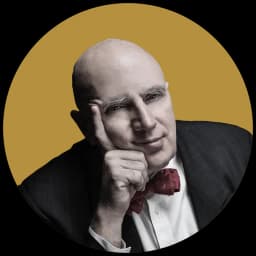Karen Mason Surveys the Many Successes of Kander & Ebb, Vamps and All
Her new album, ‘Karen Mason and All That Jazz!,’ covers a wide range of time and many Kander & Ebb shows, starting with 1962’s ‘My Coloring Book.’

Karen Mason
‘Karen Mason and All That Jazz!’
King Kozmo Music | Zevely Records
When musical theater cognoscenti — a fancy way of saying Broadway nerds — talk about the shows of John Kander and Fred Ebb, it’s the opening numbers that first come to mind. If “Wilkommen” from “Cabaret” isn’t the greatest opener of all time, then surely it must be “All That Jazz” from “Chicago,” or perhaps my personal favorite, “Life Is” from “Zorba.”
A login link has been sent to
Enter your email to read this article.
Get 2 free articles when you subscribe.

